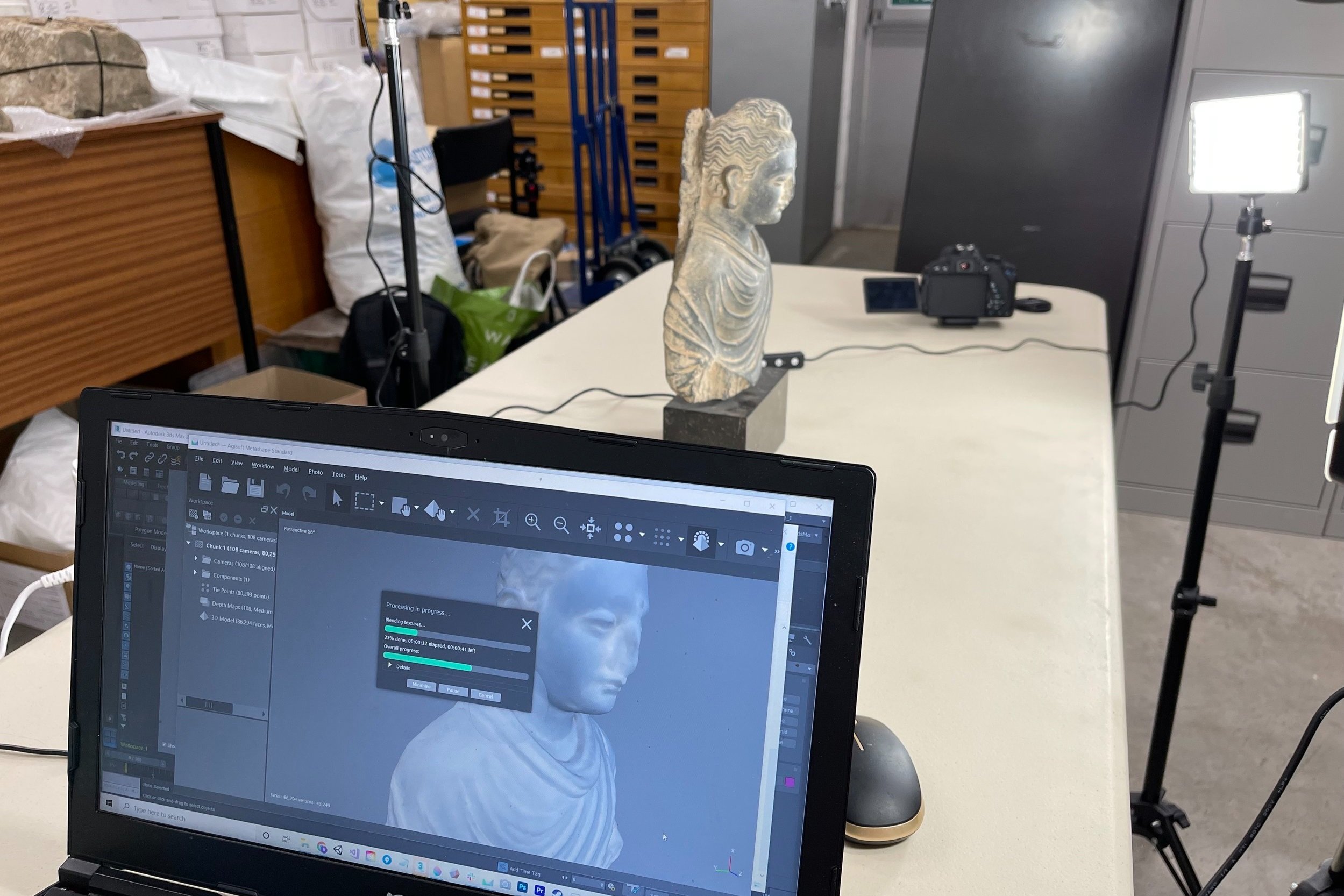Preserving Heritage & Culture Through Photogrammetry
In the age of digital innovation, preserving cultural heritage and artistic creation is no longer limited to physical archives and restoration projects. From ancient ruins to priceless artifacts, ensuring these treasures remain accessible and appreciated is a challenge—but photogrammetry is offering an innovative solution. By capturing objects and locations in stunning detail, this cutting-edge technology is transforming how we interact with culture and offers an opportunity to bridge the gap between tradition and technology.
What is Photogrammetry in Heritage Preservation?
Photogrammetry involves capturing multiple photographs of an object, artifact, or site from various angles and processing them into a highly accurate 3D model. The result is a digital twin of the original, capable of being studied, shared, and displayed with remarkable fidelity.
From ancient ruins to fragile artifacts, this technology ensures that our most treasured cultural landmarks are safeguarded against the effects of time, natural disasters, and human conflict. Artifacts and sites can be studied, shared, and even restored digitally—ensuring they remain available for future generations.
Applications in Heritage and Culture
Digital Archiving
Historical sites and artifacts can be digitally preserved, creating a permanent and accessible record. This is particularly important for at-risk sites or objects vulnerable to natural disasters, conflict, or degradation. Museums and heritage sites use these models to document and conserve valuable artifacts.Virtual Museums and Exhibits
Photogrammetry enables the creation of immersive virtual exhibits, allowing audiences worldwide to explore artifacts and heritage sites without leaving their homes. This democratizes access to culture and history while reducing the need for physical handling of delicate items.Conservation and Restoration
Detailed 3D models assist conservationists in understanding the structure and condition of artifacts and sites. These models can be used to plan restoration projects with precision, ensuring that interventions are as accurate and non-invasive as possible. It can also help to recreate missing sections of sculptures, murals, or architectural features.Education and Research
Academics and students can study detailed 3D replicas of heritage objects and sites, gaining insights into history, architecture, and art without the constraints of physical access. Furthermore, cultural organizations are leveraging 3D models to tell immersive stories. By integrating photogrammetry with virtual reality (VR), students and audiences can experience history and art in ways never before possible.Community Engagement
Photogrammetry enables the creation of interactive tools that allow local communities to reconnect with their cultural heritage, fostering pride and involvement in preservation efforts.Cultural Tourism
For hard-to-access locations, photogrammetry offers a unique solution. Virtual tours of remote or endangered heritage sites allow travelers to experience their beauty without the physical strain or environmental impact.
The Benefits of Photogrammetry in Heritage Projects
Accuracy: Photogrammetry captures intricate details and textures, from the texture of stone carvings to the layout of historical landscapes.
Accessibility: Digital models can be shared globally, expanding access to cultural heritage.
Cost-Effectiveness: Compared to traditional conservation methods, photogrammetry can be a more affordable solution for documenting and sharing heritage assets.
Future-Proofing: By creating digital backups, organizations can ensure that cultural treasures are preserved for future generations, regardless of physical risks.
Engagement: By offering interactive and immersive experiences, photogrammetry brings culture closer to audiences, sparking curiosity and connection.
Why Choose Our Services?
At Veratex, we specialize in using photogrammetry to bring heritage and culture into the digital age. With years of experience working with cultural institutions, our team combines technical expertise with a deep appreciation for history, ensuring that every project captures not just the physical form but also the story behind it.
Whether you’re looking to document a site, create an interactive exhibit, or support restoration efforts, we have the tools and expertise to make it happen.
Preserve the Past for the Future
Cultural heritage tells the story of humanity. With photogrammetry, we can ensure those stories endure for generations to come. Let’s work together to protect and share our history in ways never before possible.
Contact us today to learn more about how our photogrammetry services can support your heritage and cultural preservation goals.
